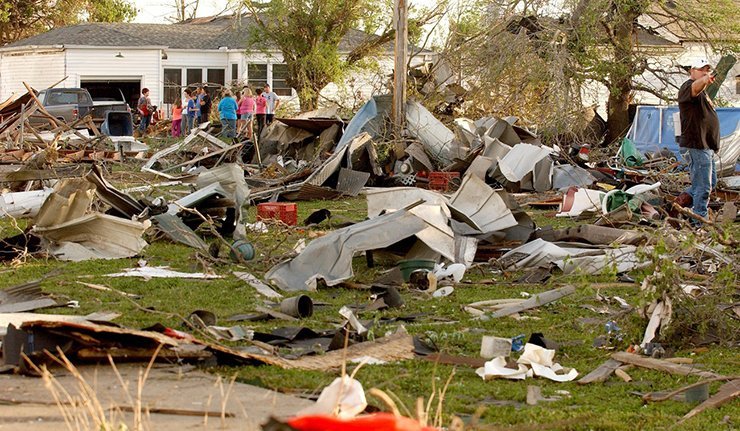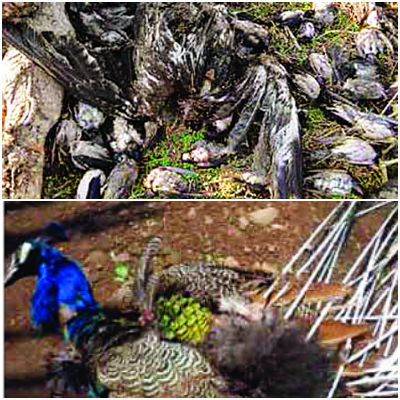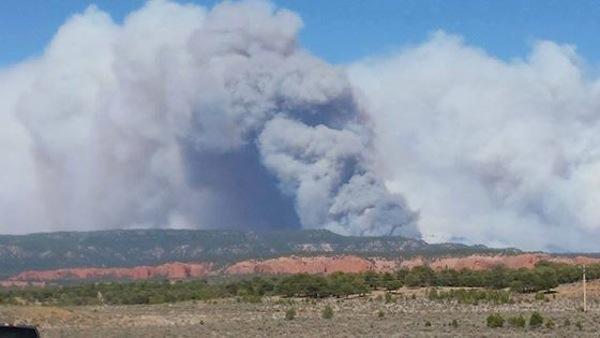
© East News/AP Photo/Tulsa World, Gary Crow
A tornado Tuesday afternoon destroyed or badly damaged up to 100 homes in Canada's Ontario province, authorities said Wednesday after surveying the devastation.
"It's pretty bad," government Minister Kellie Leitch told a nationally-televised press conference, adding that the twister destroyed "up to 100 homes."
"Some houses have almost the entire roofs off, some half the roofs off, some the back of the house is collapsed. And it's pretty devastating," she said, AFP reports.
A state of emergency has been declared in the township of Essa, north of Toronto, after Environment Canada reported an "EF-2" twister on the 0-6 Enhanced Fujita scale.
The tornado touched down at 5:20 pm Tuesday in Angus and tracked east for 15 minutes, with winds of up to 180 kilometers (111 miles) per hour.
"The (accompanying) thunderstorms did bring sudden very heavy downpours, gusty winds, and frequent lightning," the government agency said.
The tornado flipped vehicles and scattered debris.
Some 6,000 area homes remained without power Wednesday morning and an emergency shelter has been set up at a nearby military base for as many as 300 people.
There were no reports of serious injuries.


Comment: Only halfway through 2014 and already the reports of volcanic activity around the globe are fast approaching the total for both 2013 and 2012. See below -